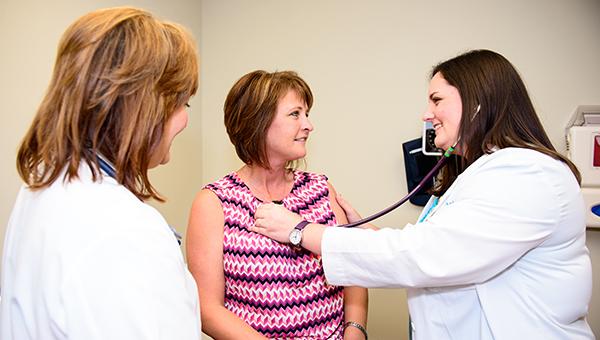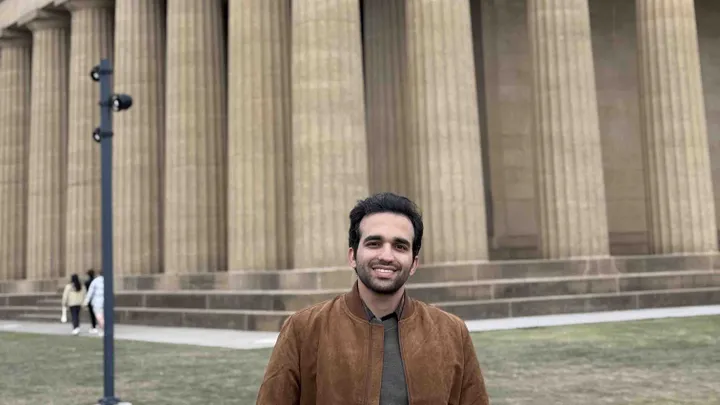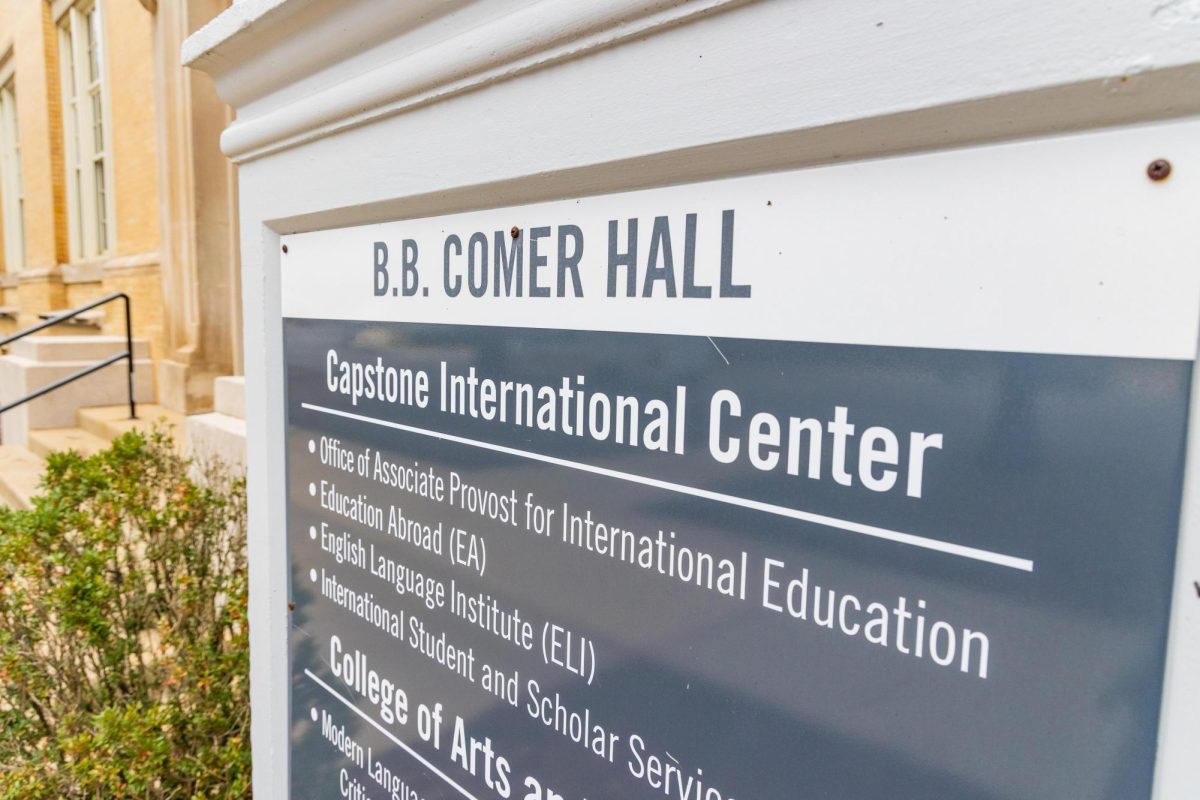With this norm, it may be hard to gain insight into real, long-term medical care. The University of Alabama School of Medicine seeks to remedy this with a new pilot program called Tuscaloosa Longitudinal Community Curriculum (TLC2).
“TLC2 is a unique clinical educational opportunity for medical students to live and train in a community under the supervision of experienced primary care physicians,” Brooke Hubner, program director in the department of medical education, said. “TLC2 students learn to practice medicine in the way that community physicians practice medicine – caring for patients over time through office visits and hospitalizations.”
Hubner said third-year medical students participating in the program will have a more in-depth understanding of concepts and have a better view into the world of primary care.
“We created the curriculum on the Tuscaloosa campus because this type of curriculum promotes primary care and Alabama needs more primary care doctors – especially in rural communities,” Hubner said. “We wanted to provide a curriculum that develops physician leadership skills, and the curriculum allows students to experience the broader professional roles of physicians.”
Elizabeth Junkin from Duncanville, Alabama, and Kay Rainey from Monroeville, Alabama, are both third-year medical students in the pilot program. Both Junkin and Rainey attended the University of Alabama as undergraduates.
“This program also gives me more flexibility in my schedule in order to pursue areas I am interested in,” Junkin said. “I think this program will be beneficial to my future because it gives me the closest picture of what ‘real-life’ is like as a physician.”
Junkin also explained the dynamics of the program and the schedule it offers. For example, she said she was able to follow a patient through different specialties; after aiding in diagnosing a patient with acute appendicitis in the office, she went on to assist in the same patient’s surgery.
“In a normal clinical rotation, you only spend eight weeks in a certain area. In that time, you may see a patient once, maybe twice,” she said. “If you make a medication change at one visit, you may not be able to follow up with that patient to see if that change worked. With this program, I am able to follow a patient for nine months, and in that time frame, I am able to get a better picture of how to manage patients with chronic conditions.”
Rainey said the value of seeing through a patient’s diagnostic journey leads to more personal relationships and a refreshing change in routine.









